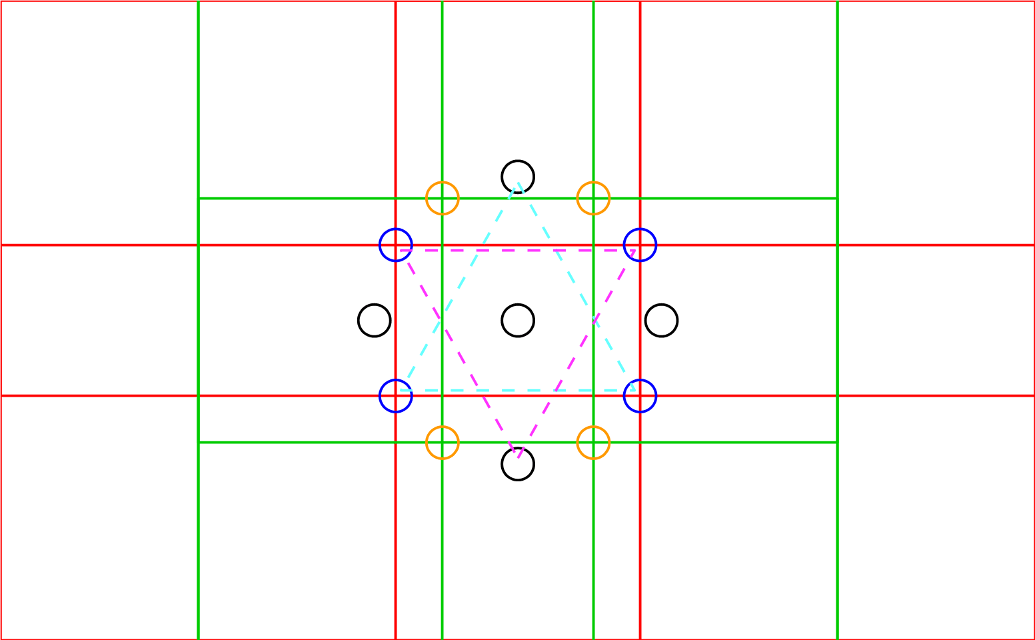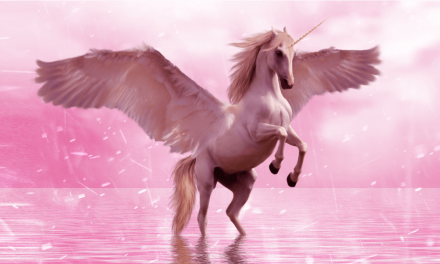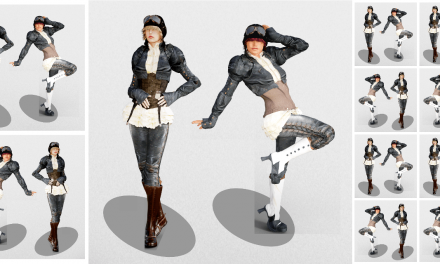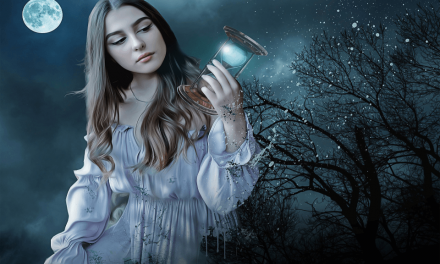In Part 7 of this series, we presented :
Trick Photography: What It Is and What It Isn’t
– – –
Have you ever been right there? Maybe we all have. Your professor stands before you and explains what you’re seeing but you don’t see it at all. All you see are lines drawn over the top of one famous piece of art after another. Just what was your professor driving at anyway?
Consider the drawing at the top of this page. What do you see?
The drawing itself is made in the proportion 1:1.618 – the golden mean. Which, for you math geeks, is closely related to the Fibonacci sequence 1, 1, 2, 3, 5, 8, … 55, 89, 144, … and so on.
The overlapping red rectangles (2 sets of full height rectangles and 2 sets of full width rectangles) also have these proportions when they are compared to each other within any given set. This network of red rectangles pinpoints the first 4 of our centers of interest at their intersections – at 2:00, 4:00, 8:00, and 10:00 in our drawing, just like a clock face (see the blue circles).
Next we have the same gridwork rotated 90 degrees, this time outlined in green and showing us 4 more centers of interest (particularly if the canvas itself were rotated) at 1:00, 5:00, 7:00, and 11:00 in our drawing. Also, just like a clock face (see the orange circles).
Then we define the absolute center of the canvas as itself a center of interest. Be careful, however, to have the eye drawn to this point and not elsewhere on the canvas – which is far too often the case – by visual clutter or even by apparently innocuous detail. Keep it simple. And perhaps even stark.
Expanding from the center, while following a center-of-canvas line either North-South or East-West, we can establish 12:00 noon, 3:00, 6:00, and 9:00 as centers of interest. Which, depending on the exact size and shape of your canvas, can approximate (or draw near to) the 1/3 mark – a point on the canvas halfway between the “1/3 up, 1/3 down, 1/3 from the left … etc., etc.” points mentioned in every Intro-to-Art book ever written.
Some of these points have further relationships with each other as can be demonstrated by superimposing equilateral triangles over our drawing – which we have done, using dashed lines in cyan and magenta.
So, there you have it. 13 centers of interest. Any one of which can and has been defined in a multitude of ways. Maybe thinking of these points as comprising a clock face will help – or at least give you one more way to think about things.
Now, don’t just sit there. Start painting. Or drawing. Or whatever it is that you do to express your art. Go in search of a worthy subject and dive right in. Happy hunting and try to keep your head above water. 🙂
Wishing you the best with your next project.
– – –
In our next blog post we will present :
Fantasy Game Art – Concluding Remarks on a Theory of Composition
We will wrap up our Fantasy Game Art series with our final thoughts about game art and go on to answer the questions you’ve submitted and share a few of your comments.




